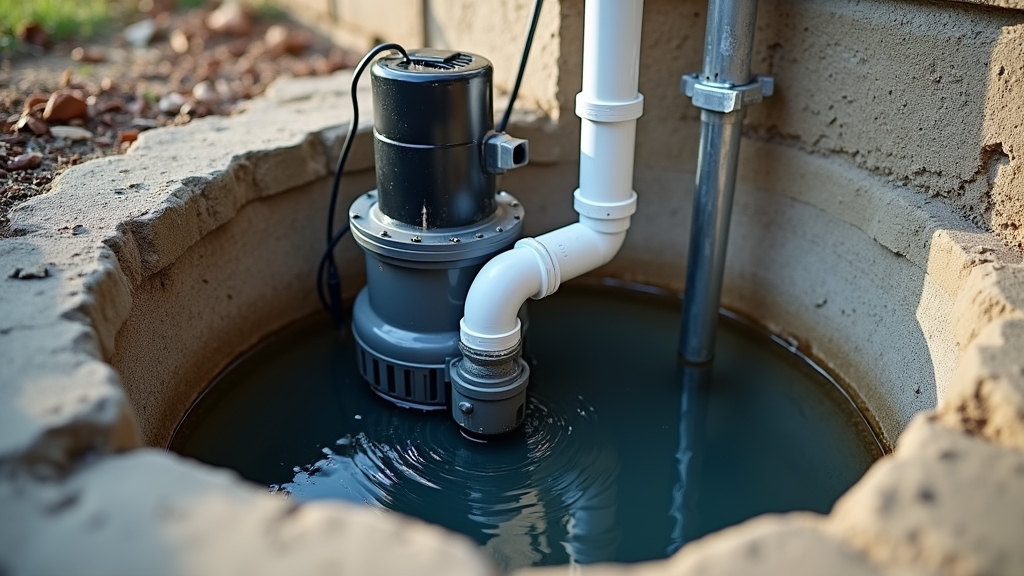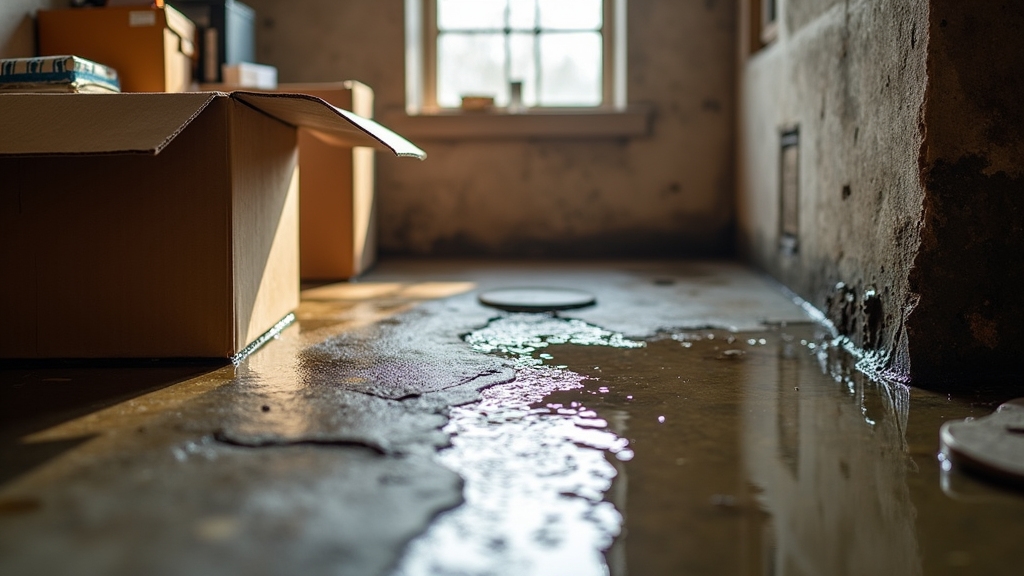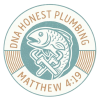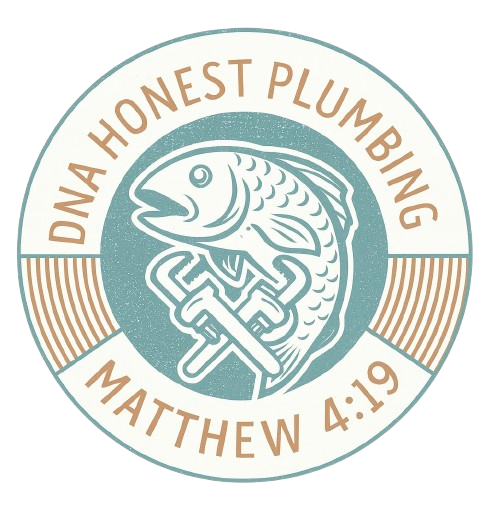As a homeowner in Sterling Heights, Michigan, you may not think much about the potential for flooding or water damage in your basement. However, the reality is that many homes in this area are susceptible to water intrusion, especially during heavy rains or snowmelt. One of the most effective ways to protect your home from water damage is through sump pump installation. In this blog post, we will explore the signs that indicate your home may need a sump pump, the benefits of having one, and what to consider during the installation process.
Key Takeaways:
- Sump pumps are essential for preventing water damage in basements and crawl spaces.
- Signs that indicate the need for sump pump installation include water stains, musty odors, and frequent flooding.
- Regular maintenance and proper installation are crucial for the effective operation of a sump pump.
- Understanding the different types of sump pumps can help you make an informed decision.
Understanding Sump Pumps

A sump pump is a device installed in the lowest part of a basement or crawl space to help prevent flooding. It works by collecting excess water and pumping it away from the foundation of your home. Sump pumps are particularly important in areas with high water tables or where heavy rainfall is common.
Why You Need a Sump Pump
- Prevent Water Damage: Water intrusion can lead to significant damage to your home, including mold growth, structural issues, and damage to personal belongings. A sump pump can help mitigate these risks.
- Improve Indoor Air Quality: Excess moisture in your basement can lead to mold and mildew, which can negatively impact your indoor air quality. A sump pump helps keep your basement dry, reducing the likelihood of these issues.
- Increase Home Value: Homes with sump pumps are often more attractive to buyers, as they provide an added layer of protection against water damage.
- Peace of Mind: Knowing that your home is protected from flooding can provide peace of mind, especially during heavy rainstorms.
Signs Your Sterling Heights Home Needs Sump Pump Installation

1. Water Stains on Walls or Floors
One of the most obvious signs that you may need a sump pump is the presence of water stains on your basement walls or floors. These stains indicate that water has entered your home, and if left unaddressed, it can lead to more severe issues.
2. Musty Odors
If you notice a musty smell in your basement, it could be a sign of mold or mildew growth due to excess moisture. A sump pump can help keep your basement dry and eliminate these unpleasant odors.
3. Frequent Flooding
If your basement floods frequently, even during minor rainstorms, it’s a clear indication that you need a sump pump. A sump pump can effectively manage water levels and prevent flooding.
4. High Humidity Levels
High humidity levels in your basement can create an environment conducive to mold growth. If you consistently find that your basement is humid, a sump pump may be necessary to help regulate moisture levels.
5. Cracks in Foundation
Cracks in your foundation can allow water to seep into your basement. If you notice any cracks, it’s essential to address them promptly. Installing a sump pump can help manage water levels and prevent further damage.
6. Heavy Rainfall or Snowmelt
If your home is located in an area prone to heavy rainfall or snowmelt, you may want to consider sump pump installation as a precautionary measure. Even if you haven’t experienced flooding yet, it’s better to be proactive.
7. Previous Water Damage
If you’ve experienced water damage in the past, it’s likely that you may face similar issues in the future. Installing a sump pump can help protect your home from recurring problems.
Types of Sump Pumps
When considering sump pump installation, it’s essential to understand the different types available:
1. Submersible Sump Pumps
Submersible sump pumps are designed to be placed underwater in the sump pit. They are typically more powerful and can handle larger volumes of water. These pumps are also quieter than pedestal pumps, making them a popular choice for residential use.
2. Pedestal Sump Pumps
Pedestal sump pumps have a motor that sits above the sump pit, making them easier to access for maintenance. While they are generally less expensive than submersible pumps, they may not be as powerful and can be noisier.
3. Battery Backup Sump Pumps
Battery backup sump pumps are an excellent option for homeowners who want added protection. These pumps can operate even during power outages, ensuring that your home remains protected from flooding.
Sump Pump Installation Process
1. Assess Your Needs
Before installation, it’s essential to assess your home’s specific needs. Consider factors such as the size of your basement, the likelihood of flooding, and your budget.
2. Choose the Right Pump
Based on your assessment, choose the right type of sump pump for your home. Consult with a professional if you’re unsure which option is best for your situation.
3. Prepare the Sump Pit
The sump pit should be located in the lowest part of your basement. It’s essential to dig a pit that is deep enough to accommodate the pump and allow for proper drainage.
4. Install the Pump
Once the pit is prepared, the sump pump can be installed. This process typically involves connecting the pump to a discharge pipe that will carry water away from your home.
5. Test the System
After installation, it’s crucial to test the sump pump to ensure it’s functioning correctly. This may involve simulating a flood by pouring water into the pit to see if the pump activates.
6. Regular Maintenance
To ensure your sump pump operates effectively, regular maintenance is essential. This includes checking the pump for debris, testing the float switch, and ensuring the discharge pipe is clear.
FAQs
Q: How much does sump pump installation cost?
A: The cost of sump pump installation can vary widely based on factors such as the type of pump, the complexity of the installation, and your location. On average, homeowners can expect to pay between $1,000 and $3,000 for a complete installation.
Q: How long do sump pumps last?
A: With proper maintenance, sump pumps can last anywhere from 5 to 15 years. Regular checks and servicing can help extend the lifespan of your pump.
Q: Can I install a sump pump myself?
A: While some homeowners may choose to install a sump pump themselves, it’s often best to hire a professional. Proper installation is crucial for the pump’s effectiveness and longevity.
Q: How often should I test my sump pump?
A: It’s recommended to test your sump pump at least once a year. This ensures that it’s functioning correctly and ready to handle any potential flooding.
Final Thoughts
If you’ve noticed water stains, musty odors, or recurring basement moisture, your Sterling Heights home may be signaling that it’s time for asump pump installation. Installing a sump pump is one of the most effective ways to prevent costly water damage, improve air quality, and safeguard your property during Michigan’s heavy rains and snowmelts.
A properly maintained sump pump system doesn’t just protect your foundation — it protects your peace of mind. Whether you need a new installation, battery backup system, or routine maintenance, professional help ensures your system is sized, installed, and tested correctly for long-term performance.
Don’t wait until flooding strikes. Schedule an inspection withDNA Honest Plumbing — Sterling Heights’ trusted plumbing experts. Our licensed team provides expertsump pump services,drain cleaning,leak detection and repair, and24/7 emergency plumbing support.
Call 586-257-1272 or visit ourContact Page to request a free estimate. Protect your basement — and your home — with dependable sump pump solutions from DNA Honest Plumbing, where honesty flows through every pipe.

